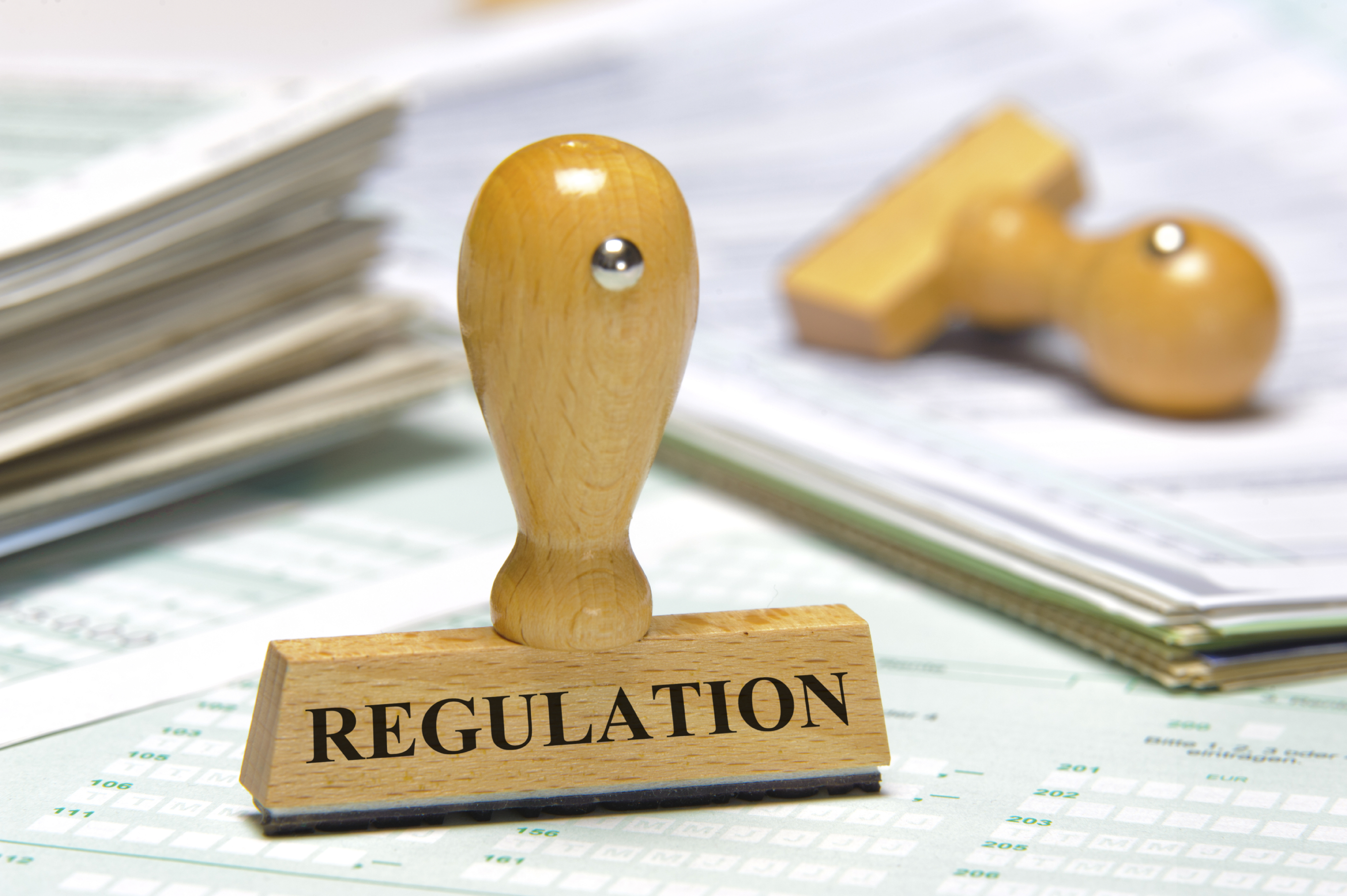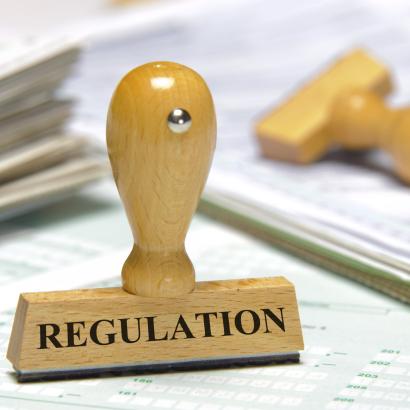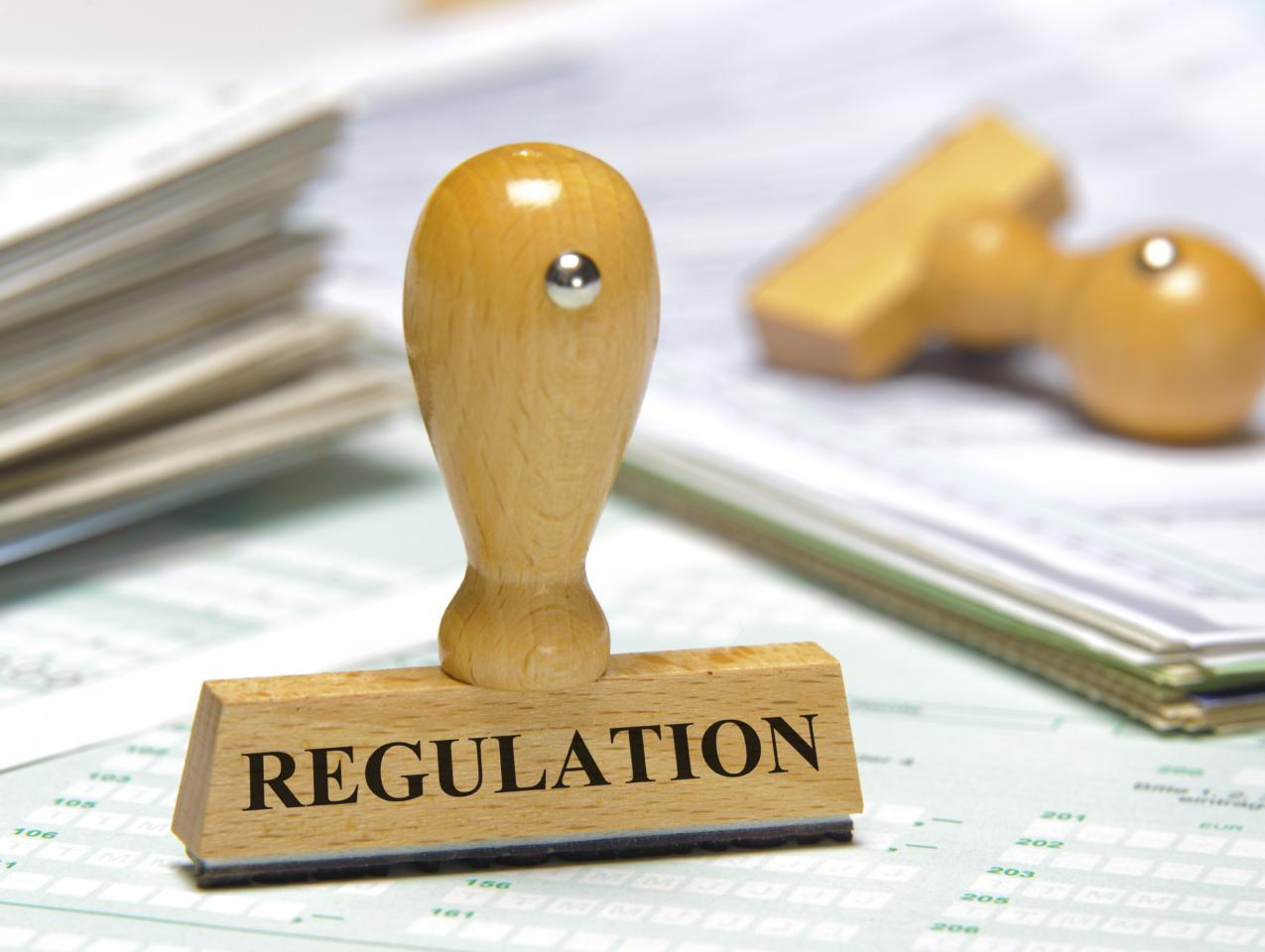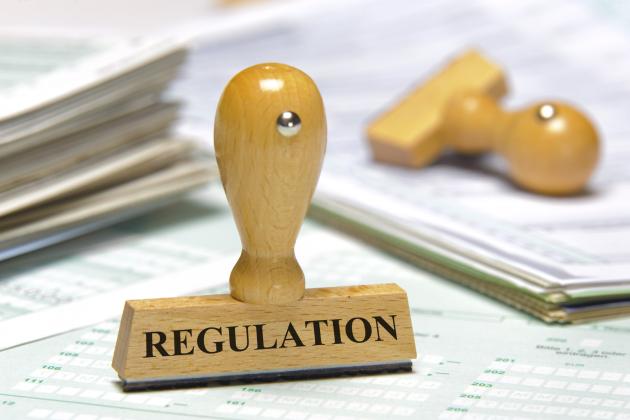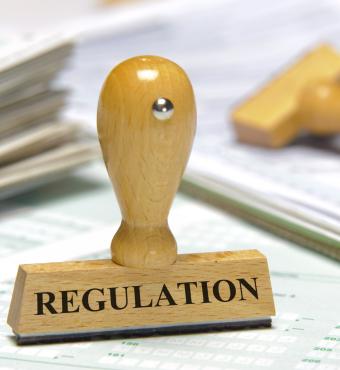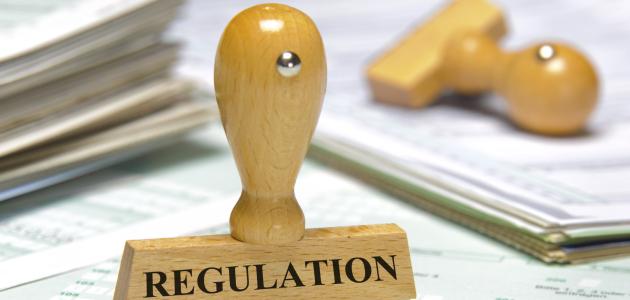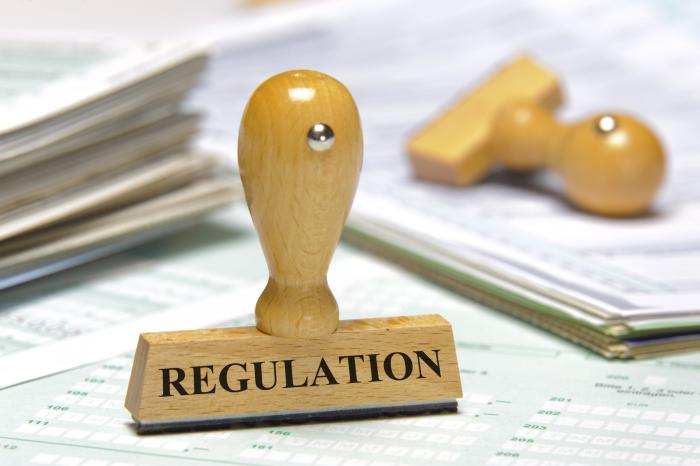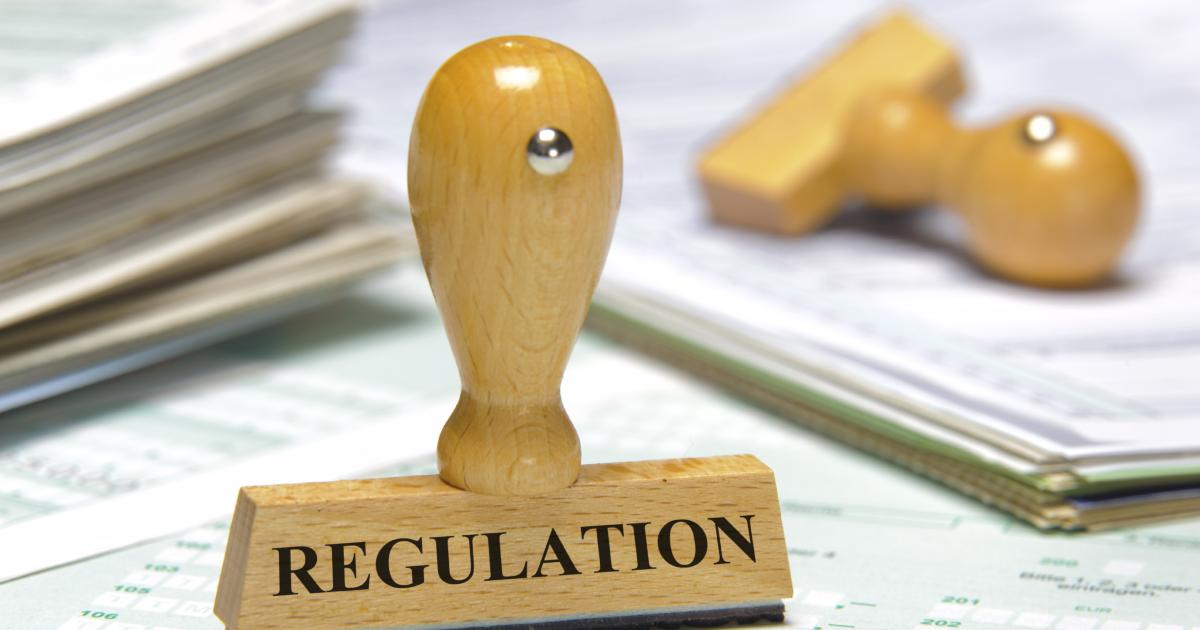The US regulatory state is massive. Wayne Crews, the vice president for policy of the Competitive Enterprise Institute, is arguably the leading expert on US federal regulation. Every year, he writes a 100-plus-page report titled, appropriately enough, Ten Thousand Commandments: An Annual Snapshot of the Federal Regulatory State. Regulation, given its large costs, is one of the understudied aspects of presidential campaign proposals. In his latest report, written in 2023, Crews writes, “Regulatory burdens of $1.939 trillion amount to nearly 7.4 percent of US gross domestic product, which was $26.14 trillion in 2022.” If regulatory costs were a country, he notes, our federal regulatory costs would be the ninth-largest economy in the world.
It’s a good idea, therefore, to consider how regulatory or deregulatory Democratic candidate Kamala Harris and Republican candidate Donald Trump are. Although both presidential candidates have laid out broad goals, both also, with a few exceptions, have been vague about what regulations they favor. With some hesitance, therefore, I’ll consider which one is likely to favor more regulation and/or less deregulation. I’ll save you the suspense: the more regulation-oriented candidate, given her past history and what she calls her “values,” is almost certainly Kamala Harris.
Trump’s record and future plans
After taking office in 2017, Donald Trump announced a plan to get rid of two regulations for every new one. That sounded good to those of us who think that most regulation is, on net, harmful, as long as the regulations eliminated were ones that created costs in excess of benefits. While the aforementioned Crews is a longtime observer of federal regulation and, therefore, one who can sniff out a rat, Crews himself seemed to think that this Trump initiative was successful overall. In his 2020 report, published in early 2021, he wrote:
The Trump administration technically exceeded its “one-in, two-out” goals for adoption of significant regulatory action in each fiscal year.
However, Crews added a big caveat. His very next sentence was, “But the former administration’s own regulatory impulses, detailed in Ten Thousand Commandments, offset that agenda.”
First, consider the successes. Actually, Trump’s own Council of Economic Advisers (CEA) highlighted some of the main successes in its June 2019 study, The Economic Effects of Deregulation since January 2017: An Interim Report. I discussed many of those successes in “Trump’s Deregulatory Successes,” Defining Ideas, July 7, 2019.
Consider generic drugs. We hear a lot about how important it is to keep drug prices down. One way is to impose price controls, but that has nasty side effects. Another way is to allow more competition among producers of generic drugs. That’s the way the Trump administration proceeded.
I wrote:
The CEA report estimates that the Trump administration’s reforms have led the FDA to approve a record number of generic drugs and new brand name drugs. These reforms, estimates the CEA, “will save consumers almost 10 percent on retail prescription drugs, which results in an increase of $32 billion a year in the purchasing power of the incomes of Americans.” To back this estimate, the CEA references its own October 2018 report, The Administration’s FDA Reforms and Reduced Biopharmaceutical Drug Prices. In that study, the CEA states that the FDA gave 1,617 final and tentative approvals of generic drugs in its first 20 months. That was up from 1,376 approvals in the previous 20 months, an increase of 17.5 percent.
More generic drugs bring down drug prices by creating more competition. The earlier report has a telling graph that relates the average price per dose of a generic as a percentage of the price of the related brand name drug. When there is one generic, its price is 94 percent of the brand name price. When there are nine generics, the average price of a generic is 20 percent of the brand name price, and when there are 19 generics, the average is a measly 6 percent of the brand name price. In short, competition works. This is especially relevant for the US market because, as drug analysts know but many others don’t, Americans’ use of generics as a percent of total drugs used is higher than in almost any other country in the world.
In my 2019 article, I considered another major deregulation: the reversal of the Obama administration’s “net neutrality” regulation. That one piece of deregulation, estimated Trump’s CEA, increased Americans’ real income by about $50 billion per year. To put that in perspective, $50 billion was about one-fourth of a percent of GDP. So, this one measure added one-fourth of 1 percent to GDP forever. That’s not small.
However, there was a downside to Trump’s time in office. Crews cautioned his readers about Trump’s own regulatory impulses, writing, “President Trump’s regulatory streamlining is being offset by his own favorable comments and explicit actions toward regulatory intervention.” Crews then listed a number of areas, including antitrust, financial regulation, tech regulation, and restrictions on trade.
Trump’s regulatory impulses are important for assessing how much regulation he would favor if elected in November. One that Crews did not address is immigration restrictions. Many who decry illegal immigration and state that people should come here legally then go on to advocate reducing the amount of legal immigration allowed. Donald Trump, as president, was one of these people. And he succeeded. As Alex Nowrasteh, an immigration analyst at the freedom-oriented Cato Institute, noted, during his time in office, Trump reduced legal immigration. Much of this, of course, was due to his policies during the pandemic. But the decline started even before that. As the Migration Policy Institute noted, in 2016, the number of new legal permanent residents to the United States was 1,183,500. By 2019, the last full year before the pandemic, that number had fallen to 1,031,800, a drop of 13 percent. That wasn’t because fewer people wanted to come here; there’s a long queue of people trying to immigrate legally. It was because President Trump tightened legal immigration.
Moreover, there is one major health care regulation that Trump has emphasized in the past month: his idea of having the government pay, or making health insurers pay, for expensive in vitro fertilization (IVF) treatments. If the former, we taxpayers will pay. If the latter, that counts as regulation and the cost would be reflected in higher health insurance rates. Any estimate of the increased cost of health insurance will be an underestimate if you don’t take account of what health economists used to call the “woodwork effect.” Because many people pay for their IVF now, and their insurance company often doesn’t pay, that constrains people who might otherwise get IVF. But once the regulation requires the insurance company to pay, people come out of the woodwork. This phenomenon was first noted when the federal government started paying for renal dialysis and found it be much more expensive than the government’s early estimate.
Harris’s Record and Future Plans
Unlike Donald Trump, Kamala Harris has not been president. But she has been the vice president for well over three years and, by some accounts, was involved in important policy discussions. Moreover, before becoming vice president, she was a US senator for two years. In short, she has a record.
What does that record show? It shows someone on the left who often advocates or supports heavy regulation.
The biggest instance is her advocacy of “Medicare for all.” She sponsored such a bill in 2019, a major provision of which was a complete ban on private employer-provided insurance. That’s a large regulation. While some pundits claim that she no longer believes in such a ban, she has not stated as such. Similarly, Harris is part of an administration that has used regulation to drastically increase the percentage of new cars that must be either electric vehicles or plug-in hybrids. Although Harris is rumored to have backed off her own 2020 proposal to completely ban production of cars with internal-combustion engines by 2035, Axios reported last week that she won’t say whether she still favors that policy. That is not a good sign. (Donald Trump, by contrast, would end the federal EV mandate, although he would step up regulation of the auto industry by “preventing the importation of Chinese vehicles.”)
Moreover, as noted, Harris was part of the Biden policy team. As Crews reports, President Biden was an extreme (my word) regulator. Crews writes:
Donald Trump’s four years brought unique reversals, such as a reduced flow of new rules and some rollbacks of existing ones. Attempts were made to streamline internal departmental and agency processes and speed regulatory approvals for private activities.
Then came Joe Biden.
Crews continues:
Unfortunately, as detailed extensively in the 2021 edition of Ten Thousand Commandments, the liberalizations ended with the inauguration of President Joe Biden. He declared the Trump agenda consisted of “harmful policies and directives that threaten to frustrate the Federal Government’s ability to confront . . . problems.” Biden initiated a progressive “modernization” of the regulatory review process. He even reoriented the Office of Management and Budget away from regulatory supervision and restraint and toward the promotion of regulatory initiatives.
I anticipated this shift in OMB’s focus in “Open Season for New Regulations,” Defining Ideas, February 4, 2021. I wrote:
First, notice that the OMB is being put in a position not so much to screen regulations as to propose them. Does this mean the agencies will quit proposing regulations and passively await direction from the OMB? No way. Indeed, the memorandum reads as if President Biden is proposing that OMB be a cheerleader for new regulation.
Crews also notes something more ominous: the Biden administration’s “whole of government” approach to regulation. The idea, which he has followed through on, is, for a wide range of regulations, to replace equal treatment with explicitly unequal treatment based on ethnicity and group membership.
We don’t know Harris’s role in this, but we can certainly make an educated guess: she agrees.
Are there any areas in which Harris favors less regulation? The main one is abortion. She favors a federal policy to allow women to have abortions, although at the September 10 debate with Trump, she refused to state a number of weeks or months of pregnancy after which she thought abortions should be banned. Interestingly, she would not extend freedom of choice to providers. In 2019, while in the US Senate, she co-sponsored S.2836, the “Put Patients First Act,” which would have prohibited the secretary of health and human services from implementing a regulation to allow providers not to participate in abortions.
Harris has also proposed getting rid of red tape that gets in the way of increasing the supply of housing. That sounds good, and is good, but in the same section of her policy proposal on housing, she says that she “will sign legislation to outlaw new forms of price fixing by corporate landlords.” To the extent that prevents rent increases, which is clearly what is intended, that would make the supply of housing lower than otherwise.
On a related note, Harris has proposed cracking down on what she calls “price gouging” on food and groceries. Probably because she was reading a teleprompter when she made the announcement, she called it “price gauging.” Preventing price gouging is a form of price control. If implemented, it would lead to spot shortages and cause grocery stores not to stock up on goods when they expect a forest fire, a hurricane, or any other natural disaster. Even economists on the left typically think that price controls are a bad idea.
Conclusion
Neither Donald Trump nor Kamala Harris is a paragon of deregulatory virtue. However, Harris’s record as senator and vice president, her refusal to answer about key regulatory issues, and Donald Trump’s record as president strongly suggest that Harris would be more of a regulator than Trump.







